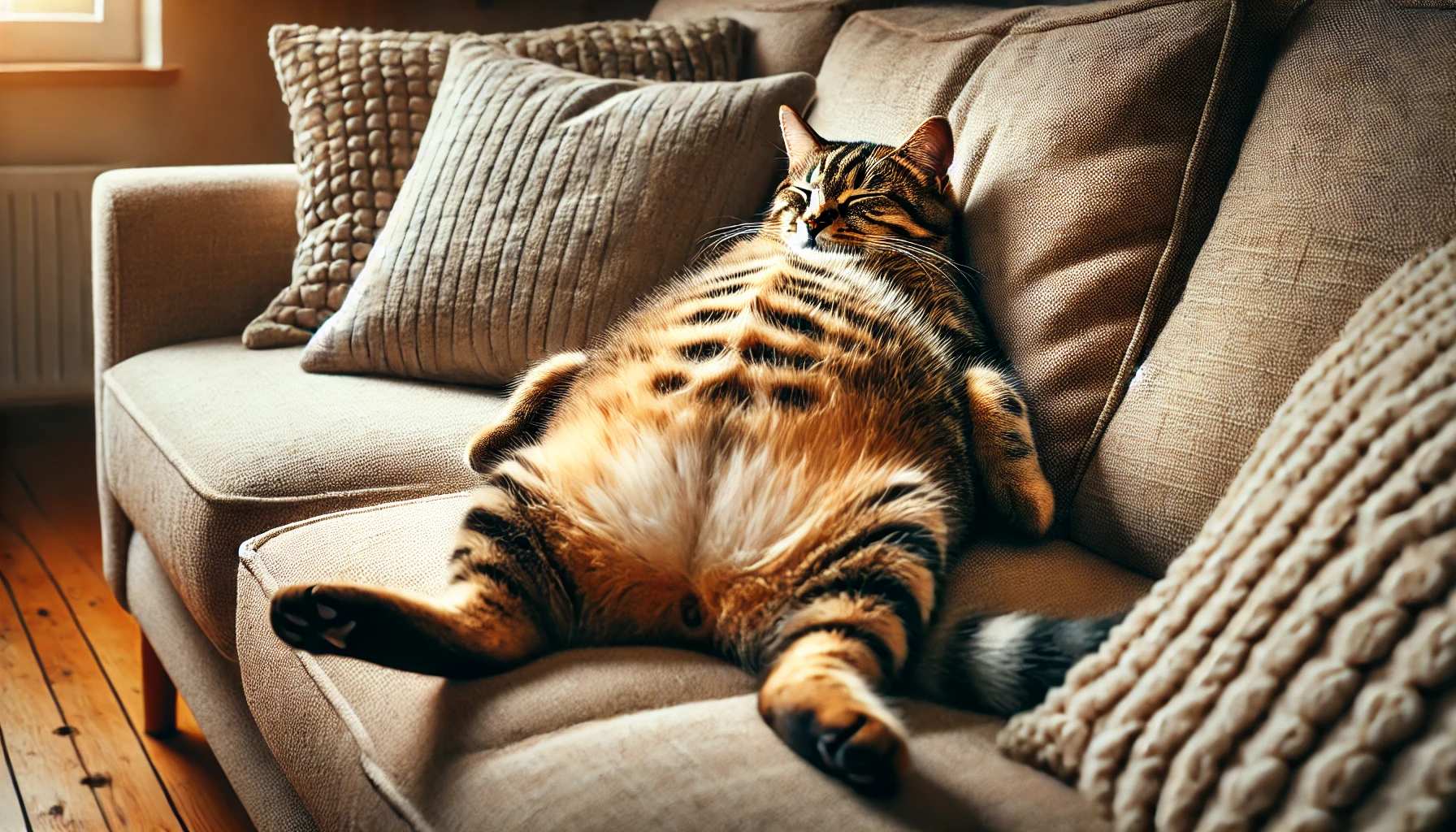This post was written with Consensus AI Academic Search Engine – please read our Disclaimer at the end of this article. By understanding the stages of pregnancy and potential complications, you can provide the best care for your pregnant cat. Regular veterinary check-ups and monitoring can help ensure a healthy pregnancy and successful delivery.
Understanding what to expect when your cat is pregnant can help you provide the best care for your feline friend. This article will guide you through the stages of pregnancy, common signs, and potential complications.
Gestation Period
The average gestation length in domestic cats is approximately 65.6 days, with a range of 52 to 74 days1. During this period, you can expect several changes and developments in your cat.
Early Signs of Pregnancy
Physical Changes
In the early stages of pregnancy, you may notice an enlarged abdomen as the uterus expands. Gestational sacs and fetal poles can be identified through ultrasonographic examinations as early as 4 and 11 days, respectively2. By day 15, fetal poles are visible, and cardiac activity can be detected by day 162.
Behavioral Changes
Pregnant cats, or queens, may exhibit changes in behavior such as increased affection or nesting behavior. They may also experience a decrease in appetite during the early stages of pregnancy.
Mid to Late Pregnancy
Fetal Development
By day 21, fetal membranes become apparent, and by day 26, recognizable feline fetal morphology appears2. Generalized fetal movements can be observed by day 282. These developments can be monitored through serial ultrasound evaluations to ensure the pregnancy is progressing normally.
Health Monitoring
It is crucial to monitor the queen’s health throughout the pregnancy. Eclampsia, a condition characterized by low calcium levels, may occur and presents with non-specific clinical signs1. Regular veterinary check-ups can help detect and manage such conditions early.
Potential Complications
Pregnancy Loss
Pregnancy loss in cats can be due to infectious causes such as bacteria, viruses, or protozoa, or non-infectious causes like hypoluteoidism and chromosome errors1. It is essential to be aware of these risks and seek veterinary care if you notice any signs of distress or abnormal discharge.
Ectopic Pregnancy and Uterine Torsion
Although rare, ectopic pregnancy and uterine torsion have been reported in cats1. These conditions require immediate veterinary attention.
Preparing for Birth
As the due date approaches, prepare a quiet, comfortable space for the queen to give birth. Ensure she has access to food, water, and a clean litter box. Familiarize yourself with the signs of labor, such as restlessness, vocalization, and nesting behavior.
Disclaimer
The content presented in this blog is generated by Consensus, an AI-powered academic search engine, and is based on publicly available scientific literature. While every effort is made to provide accurate, up-to-date, and well-researched information, the content is intended for informational and educational purposes only. It does not constitute medical advice, diagnosis, or treatment. Always consult a qualified healthcare professional before making any decisions regarding medical conditions, treatments, or medications. The AI system’s analysis may not cover all perspectives, emerging research, or individual cases, and it is not a substitute for professional expertise. Neither the blog publisher nor the developers of the AI-powered search engine are responsible for any actions taken based on the information provided in this content. Use of this information is at your own risk. Citations to the original scientific studies are included for reference, but these studies should be reviewed in full and interpreted with the guidance of a healthcare or research professional.
If you are experiencing a medical emergency, please seek immediate attention from a healthcare provider.
